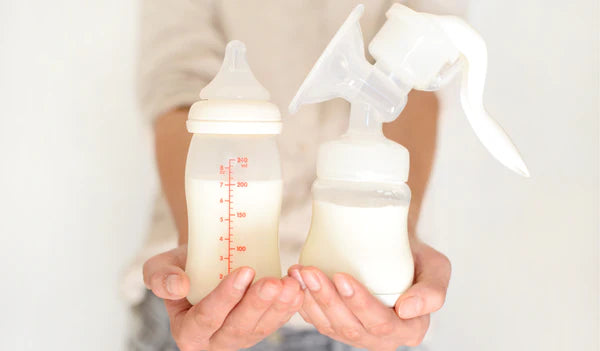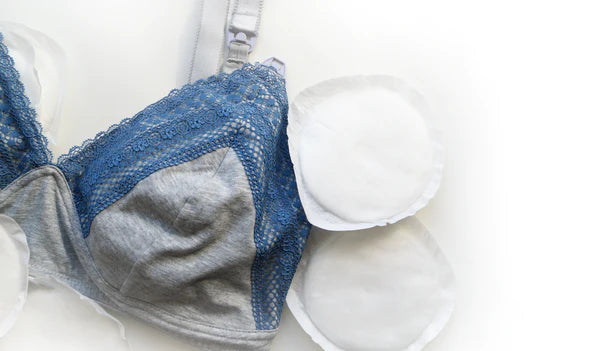SHOPPING CART
-
Widgey 5-in-1 Nursing Pillow Olive Green
1 x £39.99
Questions new mums ask about nursing and caring for newborn baby – Becoming a mum is one of the most exciting and rewarding chapters of your life, but despite a whole nine months to prepare for it, those first hours, days, and weeks can be overwhelming. There’s only so much prep you can do in NCT classes, and if you’re planning to breastfeed, it’s not exactly something you can practice in advance!
Since maternity and nursing pillows are our area of expertise, feeding is a subject very close to our hearts. We’re all mums or parents here at Widgey Pillows, and we’ve had our fair share of newborn challenges. Though most of us are past the infant stage, we can remember with equal parts fondness and horror the nights we felt like a human milking machine, rooted to the sofa while we nursed our precious little ones.
With this in mind, we’ve put together a quick round-up of some of the most commonly asked feeding questions to help you to navigate nursing your newborn. We’re not medical professionals, so we’re either speaking from personal experience or quoting midwives, feeding specialists or other carefully sourced material. We’ve included some handy links for you too.
Hang in there. Feeding, whether bottle or breast, is a magical experience with many twists and turns along the way. Remember, just as every baby is different, so is their (and your) feeding journey.

How do I know when my milk is in?
Typical signs that your milk supply has arrived include:
Medela, the breast pump experts, have some fascinating and more in-depth information on the stages of milk production and what to look out for.
How often do I need to feed my newborn?
According to the NHS website, you should feed your baby as often as they want and for as long as they want in the first few days following birth. A rough guide suggests that you should be feeding your baby between 8-12 times every 24 hours or more for the first few weeks. That’s why experienced mums will tell you to prep the area that you’re most likely to be sitting in for the bulk of the day with everything you need. We’re talking feeding pillow, muslin cloths, snacks, water, tv remote, mobile phone, Infacol, Kindle and anything else you might want to access without too much effort.
The good news is that it’s not possible to overfeed a baby! For more advice on feeding frequency, visit the NHS website or NCT

Do I need to use a feeding pillow?
Using a nursing pillow or maternity pillow is not a mandatory part of nursing your newborn, but it is a pregnancy and parenting essential many swear by. In fact, we get many second-time mums who come back to us because of their experience with the Widgey classic feeding pillow the first time around.
One of the clear benefits of using a feeding pillow is the support they offer you and your baby (for both bottle and breastfeeding). The Widgey pillow, in particular, is much wider at the sides than other brands, and that’s because it’s been designed to support your elbows and arms, preventing you from feeding with hunched shoulders. Our nursing pillow is also firm to support baby’s delicate spine and to help you position them optimally for feeding. Again, it’s a matter of personal choice. Still, it’s good to know that the Widgey pillow is multi-purpose, so you can use it during pregnancy too for relieving backache, taking the weight off your bump and relieving pressure points between knees and ankles when resting. Our feeding pillow can also be used as a baby nest and for tummy time.

Does it matter what I eat and drink when I breastfeed?
There’s no special diet required per se for breastfeeding, but you should work towards a nutritionally balanced diet. Traces of whatever you eat and drink can get into your breastmilk, so it does make sense to limit or reduce some food types and drinks.
Healthline.com advises against five foods that you should avoid, including fish high in mercury, caffeine, alcohol, some herbal supplements and highly processed foods.
What is dream feeding?
Parents, not babies, initiate dream feeds. They’re typically done 2-3 hours after you’ve put baby down and before you go to sleep. There are a couple of schools of thought on the subject. Tracey Hogg, who coined the term, defines dream feeding as feeding your baby while they are asleep. She suggests you do this by stimulating the rooting reflex and gently stroking your baby’s mouth before guiding it towards the breast or bottle.
Others define dream feeding as gently rousing your baby awake to give them a feed.
Either way, the dream feeding concept is intended to ‘top your baby’ up in the hopes that their tummy will stay full for a few more hours, allowing you to get some much-needed rest and to prevent them from waking due to hunger.
Unfortunately, there isn’t an awful lot of credible research to prove that dream feeding works, so it’s a matter of personal choice, but if it helps stretch the night feeds, then it might be worth a shot.
A study by Paul et al. (2016) looked at the effects of a comprehensive sleep programme among 125 families. However, they included other recommendations, including dummies, self-soothing, swaddling and white noise, so even though parents reported their babies sleeping longer at night, it’s impossible to know if it was entirely down to dream feeding.
How can I avoid sore nipples?
Sore nipples can be an unpleasant side effect of breastfeeding, but this is usually a sign that your baby is not latching on correctly. It’s essential to get help for this early on and not stop breastfeeding altogether, as this could affect your milk production.
You can contact the National Breastfeeding Helpline – 0300 100 0212 for advice on all aspects of breastfeeding.
There are shop-bought, lanolin-based creams like Lansinoh that can be applied topically. You can also apply a cold, wet cloth to the affected area or even use a little of your own expressed breast milk. See, it really does have magical healing properties!

Disposable or reusable breast pads. Which should I use?
This one’s down to personal choice, budget and where you stand on sustainability, but the proliferation of reusable bamboo breast pads suggests more women are moving towards the latter.
As you’ll come to realise quite early on, leaky boobs are a phenomenon best got to grips with early, not only to preserve your clothes and dignity, but because the moisture against your skin can lead to irritation and, worse still, infection.
It’s a good idea to invest in one box of disposables at the beginning because you’ll need to change your breast pads a few times a day, and it might be one more thing to think about. They’re also handy to pack in your hospital bag. Don’t get lured into the bulk deals on disposables, though, as you may find that you do want to switch to the bamboo reusables. Though more pricy at the beginning, you obviously wash and reuse them, so you might find they work out as cost-effective if not more – and you’ll be doing your bit for the environment in the process.
Do I have to alternate sides when breastfeeding?
Professionals recommend breastfeeding from both sides in the first few weeks as it helps to stimulate breast milk while you are establishing your milk supply. It can also prevent some of the more common breastfeeding problems like engorged breasts, mastitis and plugged milk ducts.
After about 4-6 weeks, when your milk supply has settled down, you can feed solely from one side if you wish. Sometimes, problems with one breast will mean you have no choice, and it is perfectly viable to produce enough milk from one breast. The main thing is that your baby is gaining weight and that they are satisfied.
There are thought to be some benefits from alternate breastfeeding, including keeping your sleepy baby nursing longer, providing more milk per feed and even preventing uneven boobs!

Why does my baby feed so often?
Newborns have tiny tummies to start with, so they can only take a small amount of milk on board at each feed.
Other reasons babies feed frequently is because they are snacking and not getting a full feed. Snacking is when babies drift off in the first few minutes of a feed and only get the foremilk (the less nutrient-dense milk that lets down first). You can try to avoid them dozing off early by keeping them stimulated. Rub their cheek gently or their feet or hands in circular motions. Keep lights on, make noise and talk to baby. You can tactically stop feeding from time to time and hold baby up.
As your baby grows, you may experience intense periods of feeding where they seem to feed continually. This is likely to be down to a growth spurt.
Disclaimer: the information contained within this article is not intended to replace medical advice. If you are struggling with any aspects of feeding, you should consult your midwife, health visitor or GP.
Leave a Reply